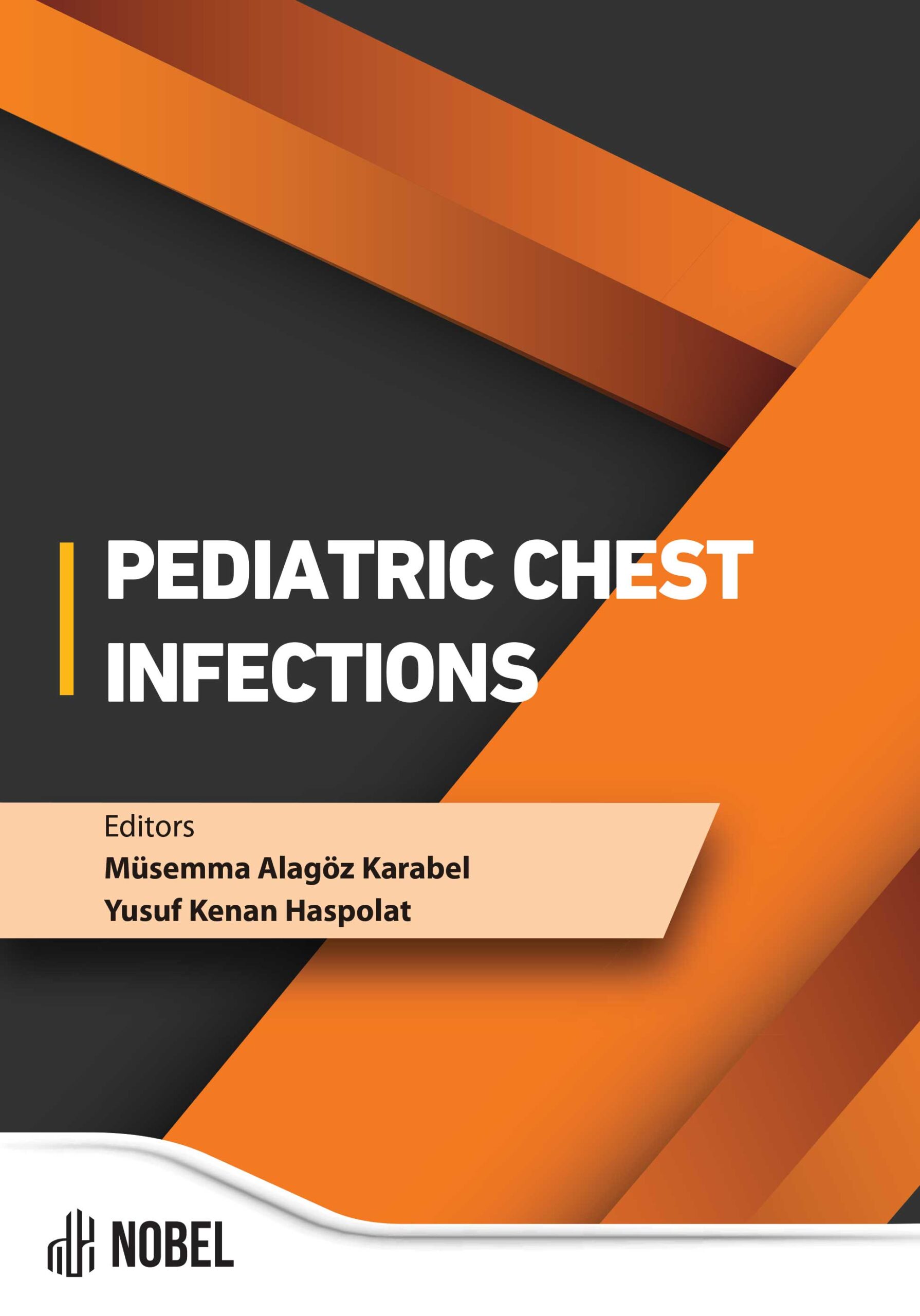Congenital Malformations of the Lung in Childhood
Tahsin Onat Kamci (Author), Mehmet Hanifi Okur (Author)
Release Date: 2024-06-19
This chapter emphasizes the social importance of a healthy family and family counseling. Although it is known that creating a family is important, it may not be that easy to establish and build the family on a healthy basis. The peace within the family may be shaken when married life, which begins with a husband-wife [...]
Media Type
Buy from
Price may vary by retailers
| Work Type | Book Chapter |
|---|---|
| Published in | Pediatric Chest Infection |
| First Page | 77 |
| Last Page | 86 |
| DOI | https://doi.org/10.69860/nobel.9786053359463.8 |
| Page Count | 10 |
| Copyright Holder | Nobel Tıp Kitabevleri |
| License | https://nobelpub.com/publish-with-us/copyright-and-licensing |
Tahsin Onat Kamci (Author)
Dicle University
https://orcid.org/0000-0002-2121-4003
3Researcher of Pediatric Surgery Dr. Kamcı completed his medical school education at Dicle University Faculty of Medicine between 2011-2017. He completed his medical specialty training in the field of Pediatric Surgery at Dicle University Faculty of Medicine. Since 2019, he has been working as a research assistant in Dicle University Faculty of Medicine.
Mehmet Hanifi Okur (Author)
Professor, Dicle University
https://orcid.org/0000-0002-6720-1515
3Dr Okur is a professor at Dicle University Faculty of Medicine, Department of Pediatric Surgery. He completed his undergraduate education at Fırat University Faculty of Medicine and his master’s degree in Paediatric Surgery at Dicle University Faculty of Medicine in 2002-2008. He started to work as a faculty member in Dicle University Paediatric Surgery in 2010. He has supervised more than 10 master theses. His work has led to the publication of more than 100 national and international research articles, oral and poster presentations and reviews. He has received poster and oral presentation awards in many scientific meetings. He also held administrative positions at Dicle University in various years.
Chow PC, Lee SL, Tang MH, Chan KL, Lee CP, Lam BC, et al. Management and outcome of antenatally diagnosed congenital cystic adenomatoid malformation of the lung. Hong Kong Med J. 2007 Feb;13(1):31-9. PMID: 17277390.
Latif I, Shamim S, Ali S. Congenital lobar emphysema. J Pak Med Assoc. 2016 Feb;66(2):210-2. PMID: 26819171.
| onix_3.0::thoth | Thoth ONIX 3.0 |
|---|---|
| onix_3.0::project_muse | Project MUSE ONIX 3.0 |
| onix_3.0::oapen | OAPEN ONIX 3.0 |
| onix_3.0::jstor | JSTOR ONIX 3.0 |
| onix_3.0::google_books | Google Books ONIX 3.0 |
| onix_3.0::overdrive | OverDrive ONIX 3.0 |
| onix_2.1::ebsco_host | EBSCO Host ONIX 2.1 |
| csv::thoth | Thoth CSV |
| json::thoth | Thoth JSON |
| kbart::oclc | OCLC KBART |
| bibtex::thoth | Thoth BibTeX |
| doideposit::crossref | CrossRef DOI deposit |
| onix_2.1::proquest_ebrary | ProQuest Ebrary ONIX 2.1 |
| marc21record::thoth | Thoth MARC 21 Record |
| marc21markup::thoth | Thoth MARC 21 Markup |
| marc21xml::thoth | Thoth MARC 21 XML |

